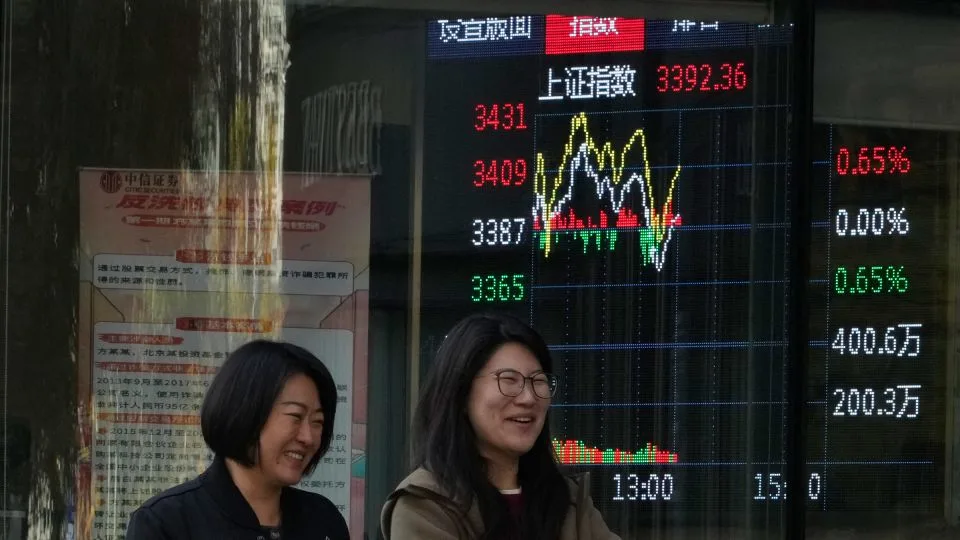China has unveiled a 10 trillion yuan ($1.4 trillion) debt package aimed at reviving its slowing economy by allowing local governments to refinance burdensome debt. The plan, announced by Finance Minister Lan Fo’an on Friday, will permit local authorities to borrow up to 6 trillion yuan ($838 billion) over three years to manage their “hidden debt” obligations—liabilities typically associated with local government financing platforms backed by cities and provinces.
The package also includes a 4 trillion yuan ($558 billion) quota for special local bonds over five years, designed to alleviate debt pressures on local governments and enable them to redirect resources towards economic growth. The announcement followed a five-day session of China’s top legislative body, the Standing Committee of the National People’s Congress (NPC).
“Since the start of this year, multiple factors have led to lower-than-expected fiscal revenues at both central and local government levels,” Lan explained.
Mark Williams, Chief Asia Economist at Capital Economics, noted that while the debt restructuring would reduce local governments’ interest payments, its impact on the broader economy may be limited. “Today’s fiscal announcement is another disappointment for those expecting substantial stimulus,” he stated, pointing out that the debt package represents just 0.5% of China’s current GDP spread over five years.
Years of economic strain from tight pandemic restrictions and a real estate crisis have left local governments financially stretched, with some cities struggling to provide basic services amid the risk of defaults. Lan disclosed that China’s hidden debt stood at 14.3 trillion yuan ($1.99 trillion) at the end of 2023, with plans to cut this figure to 2.3 trillion yuan ($320 billion) by 2028.
Though some economists anticipated a large-scale fiscal boost, others, including Larry Hu, Chief China Economist at Macquarie Bank, saw the announcement as pragmatic. “Expectations for a massive fiscal package are unrealistic,” Hu remarked, adding that the government’s policy goal is to meet its GDP growth target and mitigate economic risks, rather than fully reinvigorate the economy.
China’s GDP grew 4.6% year-over-year from July to September, slightly above the anticipated 4.5% but still below the government’s 5% annual growth target. In recent months, Beijing has introduced monetary measures to counter weak economic data, and economists predict further stimulus of up to 10 trillion yuan ($1.4 trillion) as authorities seek to restore confidence in the world’s second-largest economy.






